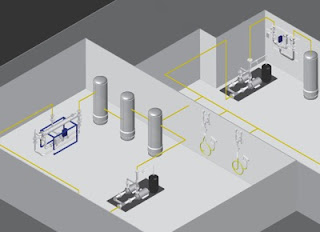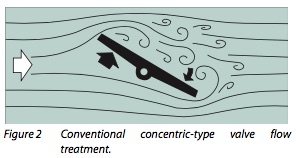 |
| Safety relief valves by Kunkle |
In generally accepted practices, pressure build-up is relieved by allowing the fluid to flow from an alternate path in the piping system. A safety relief valve is engineered so that it opens at a predetermined pressure setpoint to protect vessel, piping or ancillary equipment equipment from being subjected to pressures that exceed their design limits.
When process pressure is exceeded, a safety relief valve becomes the “weak link”, and the valve opens to divert a portion of the fluid to another path. The diverted liquid, gas or liquid–gas mix is usually routed through a piping system to a process where it is safely contained or burned off via a flaring system. Once the liquid or gas is diverted, the pressure inside the vessel drops below the safety relief valves' re-seating pressure, and the valve closes.
The Data Supplement below presents a wealth of technical information on Kunkle relief valves.




